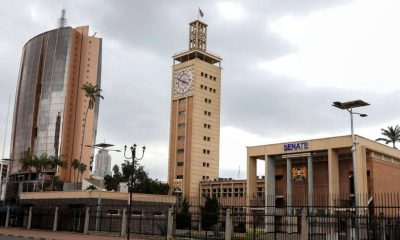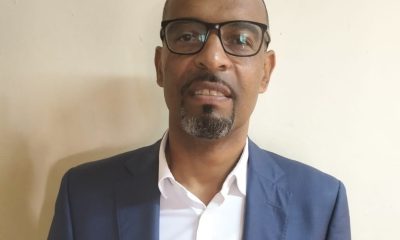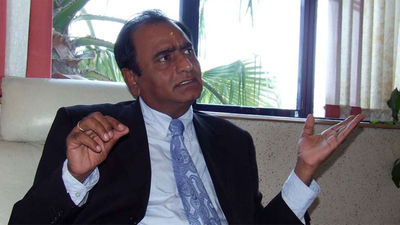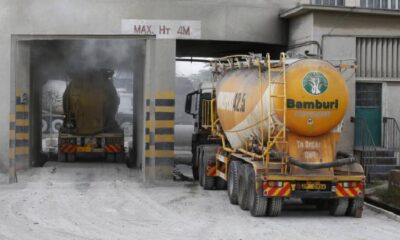Business
Exposed: How Debt-Ridden Tanzanian Tycoon Plans to Loot EAPC’s Sh21 Billion Land to Save Crumbling Bamburi Empire
“EAPC is a strategic national asset. Allowing it to be used as collateral to fix a failing investment elsewhere is not just bad business, it’s bad policy.”
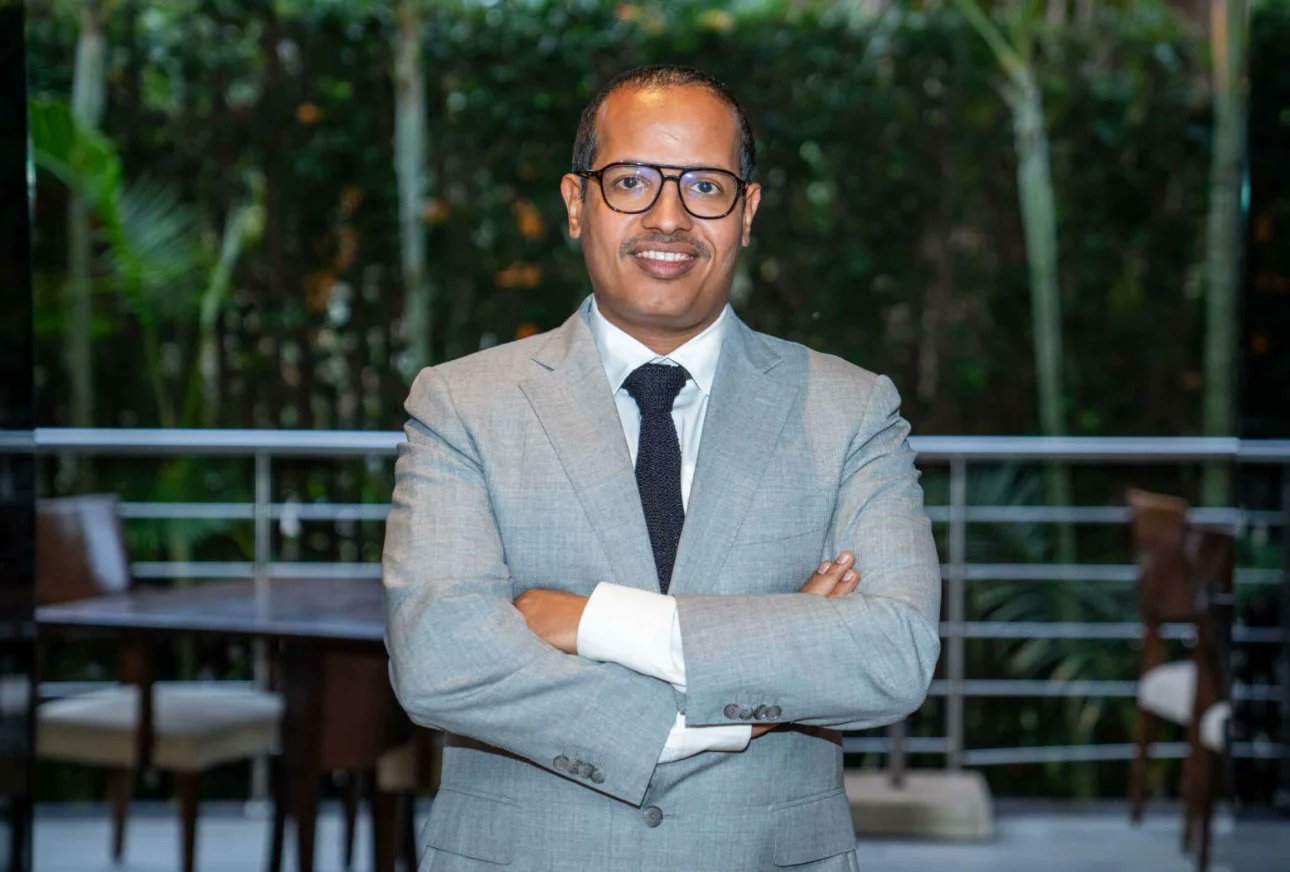
What began as a straightforward corporate acquisition has morphed into one of Kenya’s most contentious industrial deals, with Tanzanian businessman Edhah Abdallah Munif’s bid to acquire East African Portland Cement now facing accusations of being a calculated asset-stripping scheme disguised as investment.
Fresh revelations emerging from parliamentary hearings and leaked briefings paint a troubling picture: a debt-laden investor attempting to acquire a newly profitable cement maker not to grow it, but to cannibalize its assets to rescue his failing Bamburi Cement operation.
The deal’s optics have deteriorated sharply. Munif’s offer of Sh27.30 per share for a 29.2 percent stake in EAPC valuing the transaction at Sh718.7 million stands at less than half the company’s market price of Sh61.75.
More strikingly, it represents a fraction of EAPC’s book value of Sh20.4 billion, with the company sitting on assets worth Sh35.19 billion, including 4,626 acres of prime freehold land.
Parliament’s Trade, Industry and Cooperatives Committee has raised alarm bells over what MPs describe as a “substantially below market” transaction that undermines fairness and potentially threatens public interest.
Committee vice-chairperson Maryanne Kitany questioned whether the acquisition would grant Munif’s vehicle, Kalahari Cement Limited, effective dominance over EAPC’s board decisions despite not having outright control.
The concerns extend beyond mere pricing. Combined with his full ownership of Bamburi Cement, acquired last December for Sh23.6 billion, Munif would control 41.75 percent of EAPC, making him the single largest shareholder in a company where government entities the Treasury and National Social Security Fund hold 25 percent and 27 percent respectively.
This concentration would give Munif board-level influence across two firms commanding 31 percent of Kenya’s 14.5 million tonne annual cement production capacity.
EAPC Board Chairman Richard Mbithi warned MPs that the transaction would fundamentally alter the company’s governance dynamics, shifting power from multiple significant shareholders to a single controlling interest.
The real danger, industry insiders suggest, lies in potential cross-pollination of strategic information between competing cement makers, including pricing strategies, market intelligence and operational secrets that could distort competition.
But the plot thickens when examining Munif’s financial position.
Sources familiar with Bamburi’s operations reveal the company is servicing crushing debt obligations of approximately Sh300 million monthly, stemming from the leveraged buyout financed largely through a Sh23 billion loan from KCB, with Munif reportedly contributing only Sh3 billion in equity.
To meet these obligations, Bamburi has allegedly begun liquidating valuable assets, including staff quarters and portions of its land holdings in Mombasa, with even the iconic Haller Park reportedly on the auction block.
This desperate financial situation has fueled suspicions that Munif’s interest in EAPC centers not on its cement production capabilities, but on its extensive land bank valued at over Sh21 billion.
Critics argue the acquisition represents an opportunistic play to secure liquidatable assets that could be stripped to plug Bamburi’s financing gaps, potentially leaving EAPC operationally gutted and shareholders nursing massive losses.
The timing appears calculated.
EAPC has undergone a remarkable turnaround, with its share price surging 716 percent from Sh7.20 to current levels within twelve months, making it the Nairobi Securities Exchange’s top performer.
The company has restored profitability after twelve years of losses, operates at 85 percent capacity, and pays salaries promptly.
Yet Munif’s offer would value this success story at barely one-ninth of its net assets.
Adding to the controversy, the Attorney General’s office has confirmed it provided no approvals, opinions or certifications for the proposed sale, and expressed concern that critical steps around public participation, constitutional compliance and protection against asset exploitation were not undertaken.
The AG’s representatives told Parliament they had not reviewed transaction documents, making it impossible to guarantee protection of strategic national interests.
More disturbing are allegations of improper influence.
Sources indicate officials in the AG’s office face pressure from State House and individuals close to President William Ruto to retroactively approve the transaction.
A coordinated public relations campaign, allegedly orchestrated by the same firm previously hired for the controversial Adani JKIA deal and working with State House’s digital team, has reportedly been mounted to discredit EAPC’s current leadership and silence opposition to the sale.
The Competition Authority of Kenya has adopted a hands-off stance, with Director-General David Kemei telling Parliament the transaction doesn’t constitute a merger requiring review since the 41.7 percent stake wouldn’t grant direct control or veto rights.
This interpretation, however, ignores the practical reality of board influence and the risks of information sharing between competing entities under common beneficial ownership.
Capital Markets Authority CEO Wycliffe Shamiah acknowledged the pricing concerns but claimed powerlessness to intervene, arguing the consideration reflects a negotiated agreement between willing parties.
He attributed EAPC’s volatile share price to speculative trading following Holcim’s announced exit from African markets.
Industry executives aren’t buying these explanations. “This is not a growth acquisition. It’s a distress-driven play to strip EAPC of its assets to rescue Bamburi,” said one senior figure familiar with the matter.
The absence of any announced capital investment plan or operational enhancement strategy for EAPC reinforces this view.
EAPC’s board has proposed an alternative: conduct a share buyback of Holcim’s stake, then reissue the shares through a structured process that would deepen Kenya’s capital markets and give local investors, including ordinary Kenyans, an opportunity to participate.
The company confirmed it has sufficient cash reserves to execute this strategy without external financing.
The proposal aligns with the Companies Act 2015 and EAPC’s Articles of Association requirements that Munif’s transaction allegedly violates.
It would also prevent the concentration risk that linking two heavily indebted cement makers under one beneficial owner would create.
For Kenya, the stakes extend beyond one company.
Allowing EAPC, a strategic national asset with decades of industrial heritage, to be acquired at fire-sale prices by a financially distressed investor raises fundamental questions about regulatory oversight, elite capture, and whether existing safeguards adequately protect critical industries from speculative raiders.
The broader concern is whether this represents a pattern.
How Munif secured Sh23 billion in financing with apparently limited collateral remains unexplained.
If the EAPC transaction proceeds despite glaring compliance gaps, regulatory red flags, and absence of due process, it would signal that Kenya’s industrial crown jewels are available to well-connected buyers willing to pay pennies on the dollar, regardless of their financial stability or genuine investment intent.
Parliament now faces a critical decision. Allowing this transaction to proceed could trigger mass layoffs, market instability, and the effective conversion of EAPC into a branch office servicing Bamburi’s debt rather than an independent competitor.
Blocking it would send an important message that strategic assets cannot be seized through undervalued deals lacking proper legal foundation and transparent process.
The Attorney General, Capital Markets Authority, Competition Authority and EAPC’s board must now answer whether protecting one investor’s interests outweighs safeguarding thousands of jobs, shareholder value, market competition, and the principle that national assets deserve transparent, lawful and commercially sound transactions.
As one shareholder put it bluntly: “EAPC is a strategic national asset. Allowing it to be used as collateral to fix a failing investment elsewhere is not just bad business, it’s bad policy.”
Whether regulators and political leadership agree will determine not just EAPC’s fate, but Kenya’s credibility in protecting its industrial base from opportunistic acquisition.
Kenya Insights allows guest blogging, if you want to be published on Kenya’s most authoritative and accurate blog, have an expose, news TIPS, story angles, human interest stories, drop us an email on [email protected] or via Telegram
-

 News1 week ago
News1 week agoKenyan Driver Hospitalized After Dubai Assault for Rejecting Gay Advances, Passport Seized as Authorities Remain Silent
-

 Investigations4 days ago
Investigations4 days agoMoney Bior, Lawyer Stephen Ndeda Among 18 Accused Of Running An International Fraud Ring Involved With Scamming American Investor Sh500 Million
-
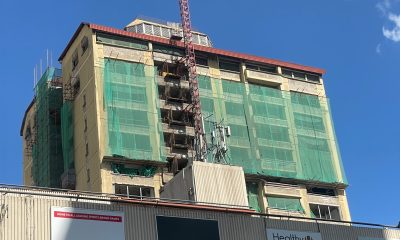
 Business1 week ago
Business1 week agoConstruction Of Stalled Yaya Center Block Resumes After More Than 3 Decades and The Concrete Story Behind It
-

 Investigations2 days ago
Investigations2 days agoNestlé Accused of Risking Babies’ Health in Africa with ‘Toxic’ Cerelac Product Sold Highest in Kenya
-

 Investigations2 weeks ago
Investigations2 weeks agoCNN Reveals Massive Killings, Secret Graves In Tanzania and Coverup By the Govt
-

 Investigations1 week ago
Investigations1 week agoHow Somali Money From Minnesota Fraud Ended In Funding Nairobi Real Estate Boom, Al Shabaab Attracting Trump’s Wrath
-

 News6 days ago
News6 days agoTSC Announces Major Policy Shift To End Transfer Of Promoted Teachers
-

 Politics2 weeks ago
Politics2 weeks agoI Had Warned Raila Of Possible Fallout In The Odinga Family After His Death, Oburu Says




